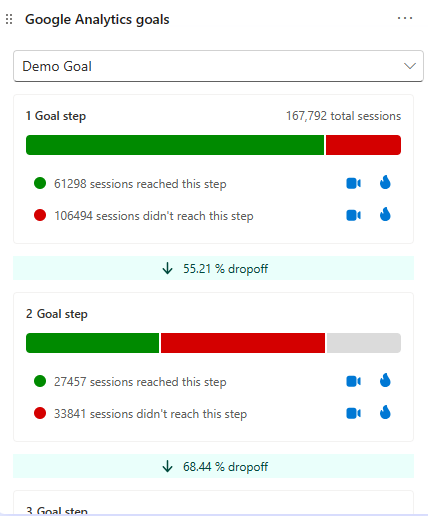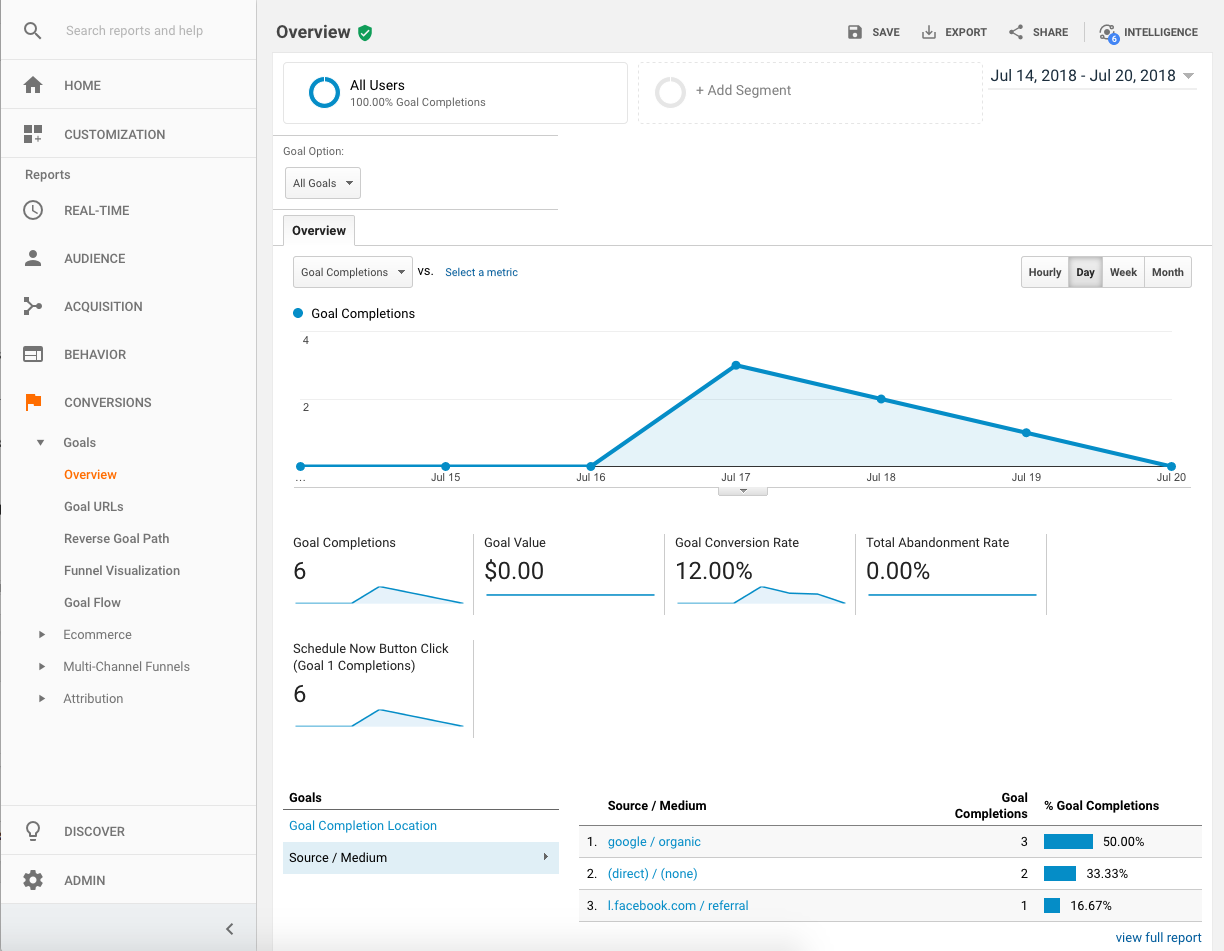Debunking Google Analytics Limitations: Reveal What Data Goals Can not Track
In the realm of electronic analytics, Google Analytics stands as an effective device that offers important insights into web site efficiency and user behavior. Nonetheless, amidst its capabilities, there exist restrictions that commonly go undetected. Recognizing what Google Analytics can not track is crucial for a thorough understanding of information interpretation and decision-making procedures. From the complexities of user interaction with vibrant material to the intricacies of cross-device customer trips, these restrictions clarified locations that may continue to be covered from typical analytics point of views. By deciphering these constraints, a clearer image emerges, enabling more educated approaches and improved insights right into individual involvement and conversions.

User Communication With Dynamic Content
Individual communication with vibrant material plays a vital role in understanding user behavior on sites and optimizing the general customer experience. By tracking individual interactions with vibrant content, web site owners can gain beneficial understandings into customer interaction, preferences, and habits - what data is google analytics goals unable to track.
Google Analytics supplies various devices to track individual interactions with dynamic content, such as occasion tracking and virtual pageviews. Event monitoring allows you to keep an eye on certain user activities, like clicking a button or watching a video clip, offering data on exactly how individuals connect with vibrant aspects.
Cross-Device Customer Journeys
How can modern-day analytics tools track the complex courses customers take across multiple gadgets in their on-line trips? Cross-device individual trips present a significant challenge for monitoring and examining customer actions precisely. As individuals connect with apps or web sites using numerous devices such as tablets, smart devices, and desktops, it comes to be critical to comprehend exactly how they relocate between these systems to maximize customer experience properly.
Google Analytics deals with restrictions in tracking cross-device user journeys due to personal privacy concerns and technological restrictions - what data is google analytics goals unable to track. While it can offer understandings right into private gadgets' communications, tracking a smooth user journey throughout several devices stays a challenge. This constraint can result in incomplete information and fragmented user understandings, making it tough for services to produce a unified sight of the consumer trip
To address this issue, businesses can utilize sophisticated analytics devices that provide cross-device tracking capabilities, allowing them to gain an extra all natural understanding of individual behavior. By leveraging these devices, companies can bridge the gap in tracking cross-device user journeys and optimize their electronic techniques for a smooth individual experience.
Offline Conversions and Attribution
As companies navigate the obstacles of tracking cross-device individual trips, one more pivotal element to think about is the world of offline conversions and attribution in the world of data analytics. While Google Analytics provides important insights into online individual actions, it drops short when it comes to tracking conversions that take place offline. This limitation postures a considerable obstacle for businesses that have both online and offline sales networks.
Offline conversions, such as purchases made in physical shops or through phone call facilities, are vital to comprehending the full customer trip. Without the ability to connect these offline conversions to particular on-line communications, companies might struggle to properly measure the effect of their electronic advertising and marketing initiatives.
To address this gap, companies can discover different solutions such as incorporating CRM systems with on the internet analytics devices or utilizing distinct promotion codes that can be traced back to on-line projects. By connecting the void in between online and offline data, businesses can gain a more extensive understanding of their consumers' behavior and boost their total marketing methods.
Individual Customer Recognition
In the world of data analytics, the ability to properly identify private customers throughout various on-line touchpoints is a critical difficulty for organizations looking for to individualize and maximize their advertising and marketing methods. While Google Analytics offers beneficial understandings right into customer habits and interactions, it drops brief in making it possible for the recognition of details people due to personal privacy problems and technological restrictions. Google Analytics utilizes distinct identifiers such as cookies to track individual sessions and behavior, yet these do not equate to recognizing specific customers in an individual sense.

Information From Secure Pages
Despite the raising prevalence of protected web pages on websites, getting data from these encrypted resources provides a distinct challenge for electronic analytics platforms like Google Analytics. Secure pages, shown by HTTPS in the URL, encrypt data traded between the customer's browser and the internet site's web server to ensure privacy and protection. While this file encryption is essential for safeguarding delicate information, it additionally positions limitations for tracking individual actions and gathering analytics data.
Google Analytics deals with obstacles in gathering thorough information from protected web pages as a result of the file encryption procedures in position. Consequently, certain data factors such as recommendation sources, keyword searches, and also some user communications might not be totally recorded when check my blog users access a web site with a secure connection. This restriction can impact the precision and completeness of the data evaluation, resulting in gaps in understanding individual habits and choices on safe and secure web pages.
To navigate this obstacle, electronic experts may require to explore different tracking techniques or utilize other tools particularly developed to gather insights from secure pages. By adapting techniques to accommodate these limitations, businesses can still acquire valuable analytics despite the constraints presented by encrypted links.
Verdict
Finally, Google Analytics has limitations in tracking user interaction with vibrant web content, cross-device individual journeys, offline conversions, individual customer recognition, and data from safe pages. These limitations prevent a thorough understanding of customer habits and might lead to gaps in data analysis. Despite its beneficial insights, Google Analytics may not give a full image of individual interaction across numerous touchpoints. It is necessary for businesses to be familiar with these constraints and click for more info think about supplemental tools for an extra alternative view of their data.
User interaction with vibrant content plays a crucial function in recognizing user actions on sites and maximizing the general user experience. By tracking individual communications with dynamic material, website owners can get valuable insights right into individual interaction, preferences, and behaviors.
Google Analytics uses one-of-a-kind identifiers such as cookies to track user sessions and habits, however these do not relate to recognizing private users in a personal sense.
As a result, certain data points such as recommendation resources, keyword searches, and also some user interactions may not be totally captured when users access a web site with a safe and secure link.In verdict, Google Analytics has limitations in tracking user interaction with vibrant content, cross-device user journeys, offline conversions, specific customer identification, and data from protected web pages.